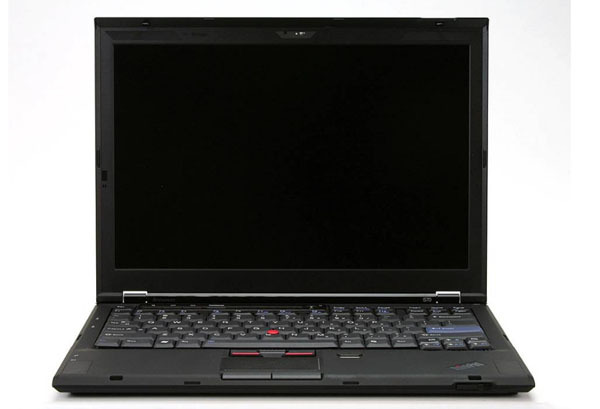Your 64-Bit Check List: Potential Issues You Might See
64-bit Operating Systems On Notebooks
Although they look different and are typically more expensive, notebook computers are technologically very similar to desktop PCs. Smaller 2.5” or 1.8” hard drives are utilized, processors and graphics chips are designed to be more energy efficient, and everything is scaled down to be compact, light and more efficient—but underneath it all, it’s the same basic concept as a desktop.
As a result, almost all notebooks sold today are capable of running 64-bit operating systems, and the recent price cuts for notebook memory have been about as significant as in the desktop space, meaning that many people can actually afford to install 4 GB of RAM on a notebook.
Lots of RAM on a Notebook
While a large amount of memory is imperative on desktop systems to deliver maximum performance, the situation is comparable, but slightly different with notebooks. In their case, you also want lots of RAM, but the primary purpose here is to avoid unnecessary performance drops. Keep in mind that notebook hard drives are still at least 50% slower than desktop drives, meaning that all hard drive activity should be avoided. Flash SSDs are an option of course, but they’re still much more expensive than memory upgrades.
Notebooks also suffer from the 3+ GB memory limit in 32-bit versions of Windows, but it’s definitely possible to install a 64-bit version of Windows Vista to support 4 GB of RAM. Some notebooks would also support up to 8 GB of memory, but most typically don’t. Still, 4 GB of RAM on a notebook reduces the usage of the swap file, and is favorable for SuperFetch. The only disadvantage is the time required to hibernate—the more RAM you have, the longer it will take.
64 Bit Issues on Notebooks
The driver issues we mentioned above are also applicable to notebooks, and it turns out that this issue actually is still severe, as notebooks typically include more integrated peripherals than desktop PCs, all of which require drivers. Every notebook comes with a touch pad, which is programmable, but it requires drivers. Function keys to control speaker volume, muting, or display settings also require drivers. Internal components such as Bluetooth hardware, power management, trusted platform modules, and similar security hardware such as fingerprint readers all need their drivers to operate.
Get Tom's Hardware's best news and in-depth reviews, straight to your inbox.
Unfortunately, we found that even the big notebook brands don’t always provide full 64-bit support for some of their notebook lines. You’ll find drivers for standard components—such as mainstream chipsets, graphics, network devices and such—but support for custom features and peripherals is sometimes an issue.
Current page: 64-bit Operating Systems On Notebooks
Prev Page Driver Issues Next Page Potential Storage Issues